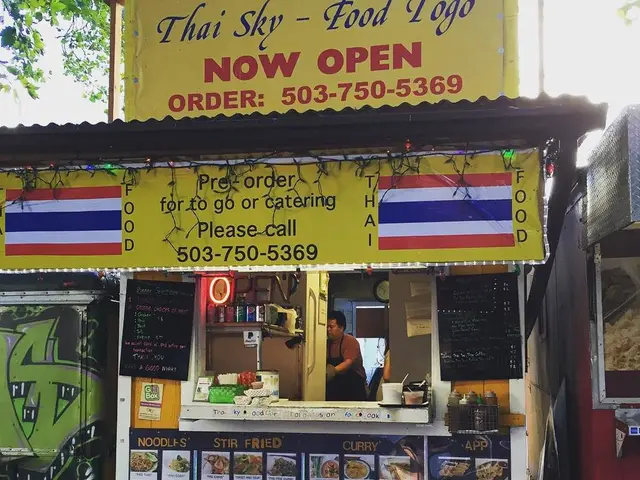Grasping the Basics of Slow Food and Some Suggestions for Getting Started
The Slow Food Movement: A Mindful Eating Revolution
In the whirlwind of modern living, the Slow Food movement offers a counteracting philosophy that champions local traditions, sustainable practices, and mindful eating.
The movement, born in Italy in 1986 as a response to the opening of a McDonald's near the historic Spanish Steps in Rome, has swelled to 100,000 members across 160 countries. This global community, including local chapters in cities like Cairo, focuses on promoting healthy, locally-sourced food, regional traditions, and opposing the mindless consumption of fast food.
Slow Food is more than just a dining experience; it's a lifestyle that encourages the enjoyment of wholesome meals, the preservation of local cultures, and the protection of the environment against the encroachment of industrial agriculture and mass-produced food.
The movement involves various initiatives, such as educating consumers about the risks of fast food, lobbying against pesticides, running seed banks to preserve heirloom varieties, and teaching gardening to young students and prisoners. Growing out of Slow Food are other sustainable movements, like Slow Fashion and Slow Travel, focusing on fair wages, reduced carbon footprints, and preserving cultural heritage.
So, what defines slow food? Essentially, it's any meal made with care and attention to the ingredients' origins, the people involved in their production, and the environment's impact. It values the old over the new, the locally grown over the imported, and the handmade over the processed.
Slow food means saying no to a fast food combo devoured in the car and barely remembered hours later. It means embracing the “slow life” that places value on custom, tradition, and mindfulness over fast consumption. A slow food meal is often made with locally-grown ingredients, prepared with knowledge of the workers and farmers involved, and consumed mindfully and appreciatively.
Examples of slow food can be found in restaurants focusing on regional cuisine, using quality instead of quantity as their guiding principle. These establishments source ingredients from local farmers and artisans, eschewing processed or imported goods. The Slow Food Movement's Ark of Taste project also works to preserve endangered heritage foods worldwide, promoting biodiversity and regional cuisine.
However, the Slow Food Movement has faced criticism for being elitist, with some arguing that it's unrealistic for those with limited time and resources to embrace whole, healthy foods. The movement's founder, Carlo Petrini, counters this by stating that "everyone has the right to good, clean, and fair food."
Practical tips for Slow Food living include planting an herb garden, cooking staples in bulk, supporting local eateries, buying fresh ingredients instead of processed foods, and recording family recipes. By adhering to these principles, individuals can enjoy the benefits of slow food while supporting local communities and sustainable food systems.
Incorporating Slow Food values can help bring balance and mindfulness to everyday life, ultimately improving overall health, well-being, and connection to one's community.
- The Slow Food Movement, a lifestyle approach, encourages individuals to embrace mindful eating, promoting the consumption of locally-sourced, healthy food and supporting sustainable practices.
- Extending beyond dining, the Slow Food Movement also advocates for sustainable living, carrying forward principles to areas like home-and-garden, where organic, handmade, and locally-grown products are prioritized.
- Furthermore, slow food intertwines with healthy cooking, focusing on preserving traditional recipes and techniques that prioritize simple, wholesome ingredients and minimal processing.








